
PRUNE NOURRY
女童俑
Прюн Нурри

女童俑
Прюн Нурри


Telestron DTLA
Conceptually, at its foundation, the installation was an exploration of the absence and presence of light and how it defines a space. The team wanted to play with dramatic scale, and to do so they employed two Quantec KR150s as Robotic Conductors, wielding large, fabricated geometric shades to manipulate the various light sources and cast brilliant arrays of graphic shadow work throughout the space. They upgraded the show for The Row to be more immersive, adding more synchronized lighting fixtures and laser projectors around the perimeter of the space to embellish the ambient lighting states, and as a result amplified the user experience even further – creating a more sculptural and geometric installation for the masses.
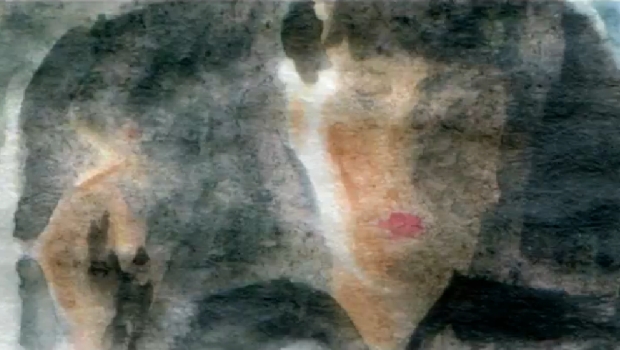



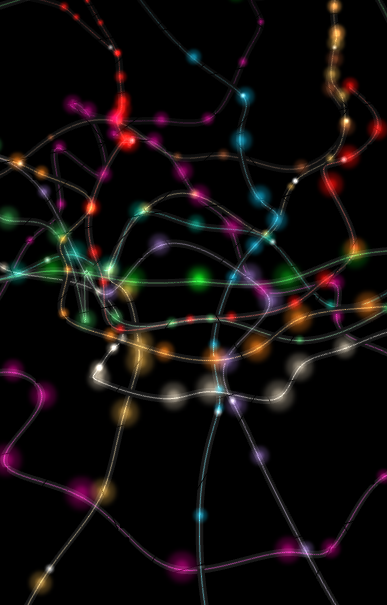
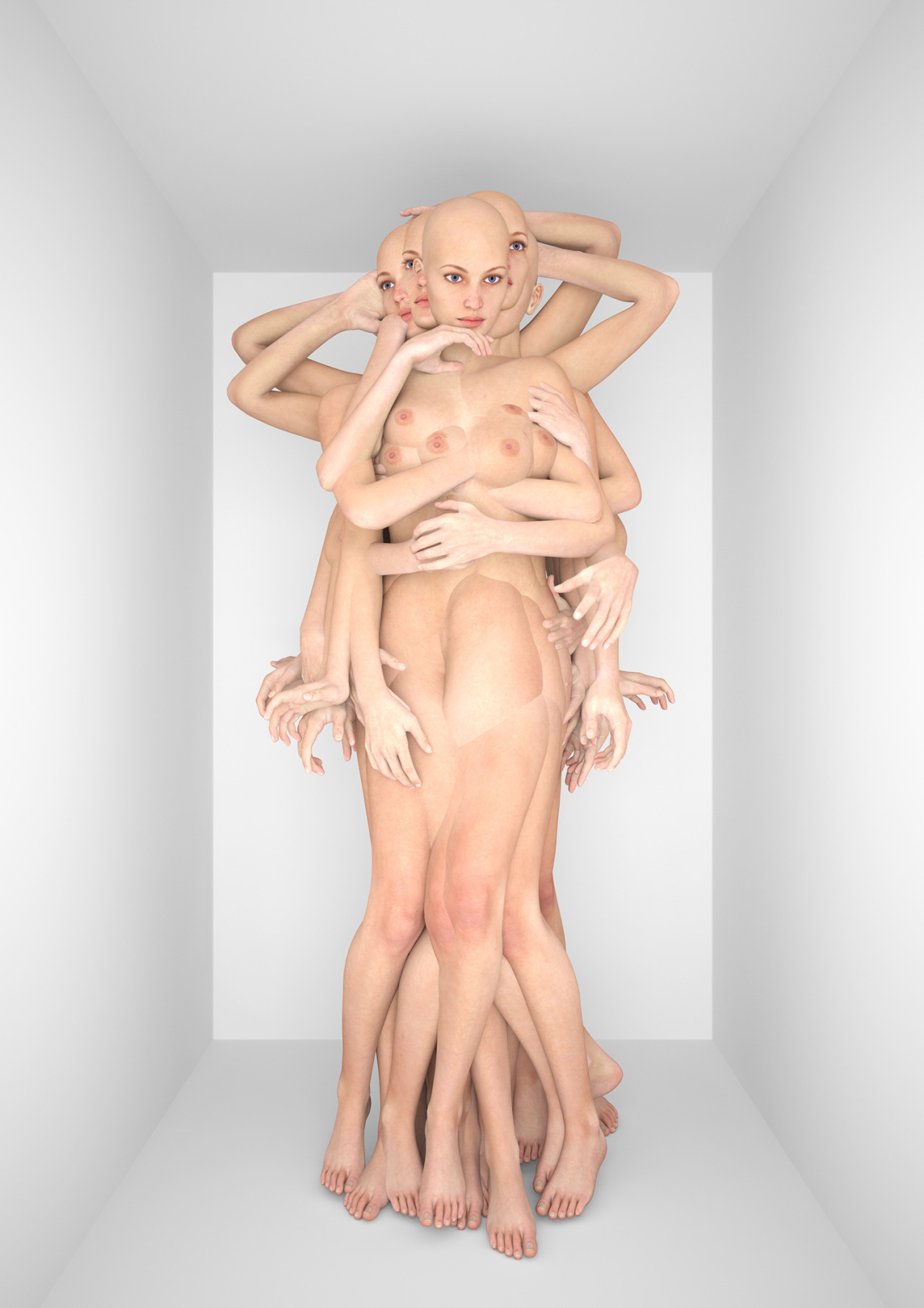

No filme Johnny Mnemonic, o diretor Robert Longo vai ao limite da ficção científica ao colocar um chip de prodigiosa memória no cérebro do personagem principal, representado por Keanu Reeves. O espectador fica com a nítida sensação de que num futuro próximo a informação estará disponível, transportada de um lugar a outro no cérebro de ciborgues mensageiros. O chip pode transportar uma quantidade quase infinita de dados plugando um pino no orifício de um implante eletrônico colocado bem na região occipital.
cinema full

Gorgeous : In the neck of time
The idea of making tilt-up portraits came to me as a consequence of a low-angle auto portrait shot as I was happened to learn singing techniques, and a visit to the Erechteion temple in Athens. Originally, I had taken this autoportrait to get a visual understanding of the throat* role in the body mecanism when you need to produce a sound. It conjured up in me the intimate feel and the sensuality of a woman’s neck, violently challenged by the potent, erect jaw.
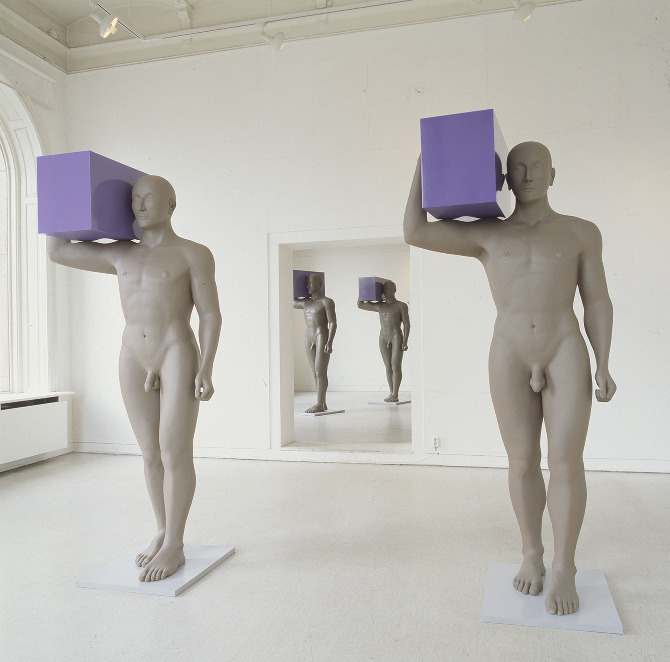
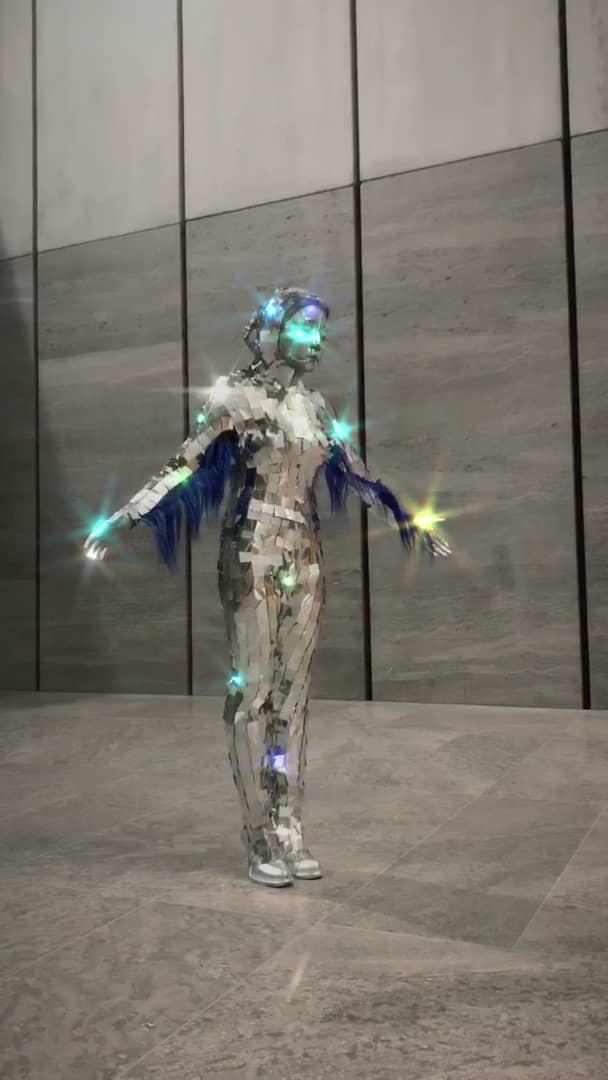
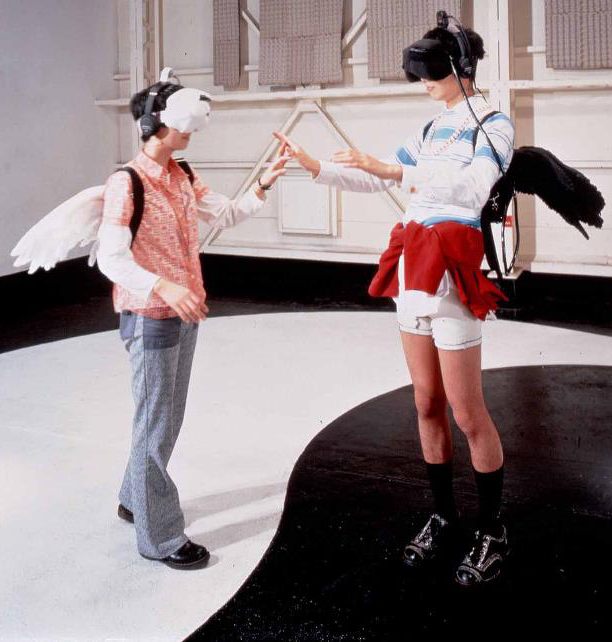
Inter Dis-Communication Machine
Equipments which exchange views between two persons. You can only see through the other person’s eyes when you wear these machines, which forcibly put you in the other’s place. These were made to obscure the border between identities of two persons

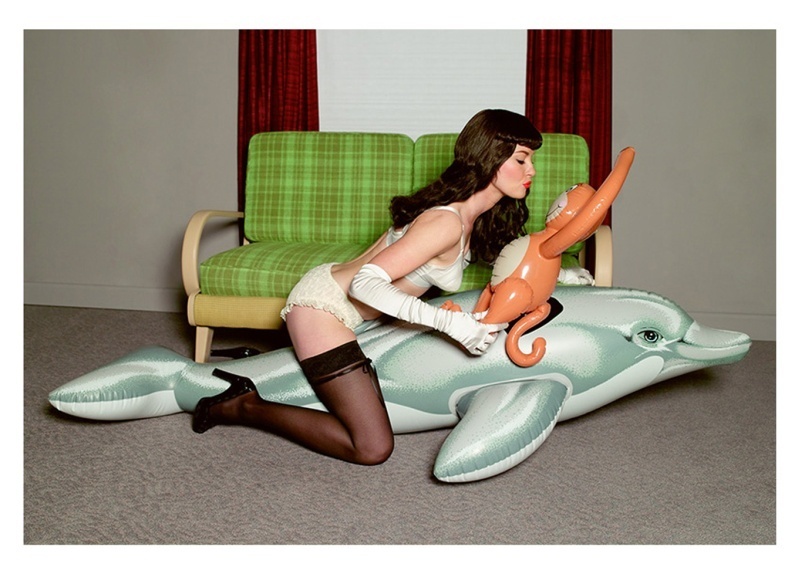
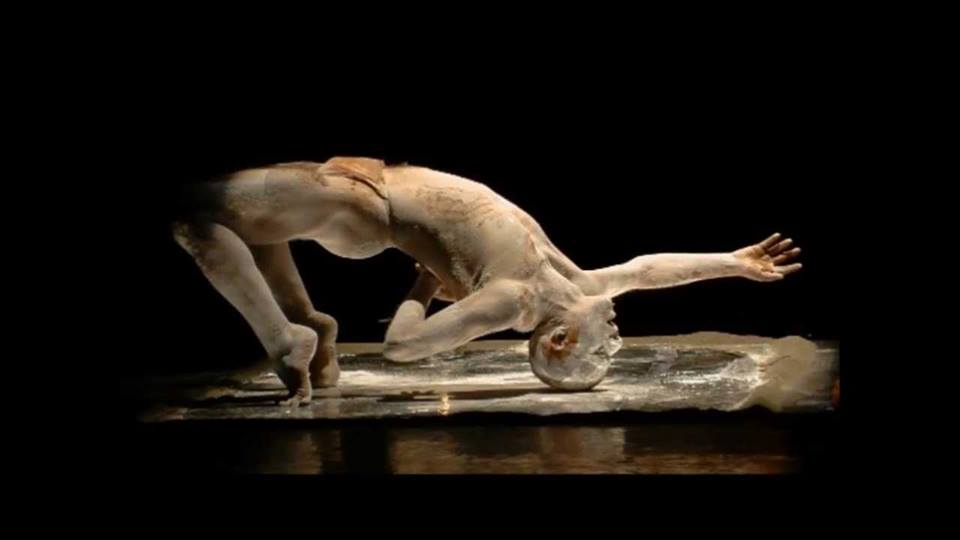
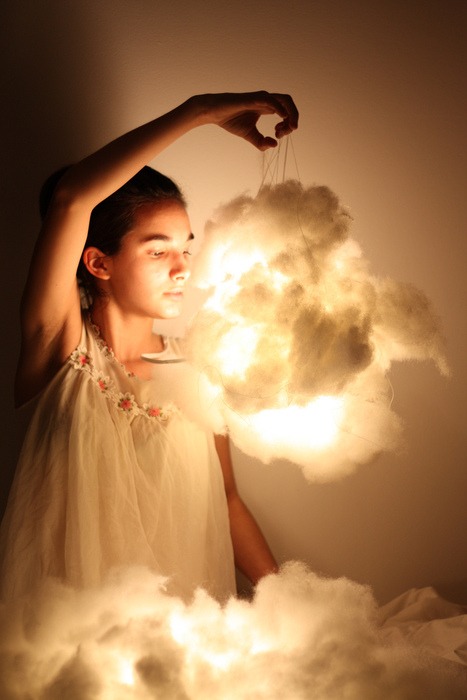
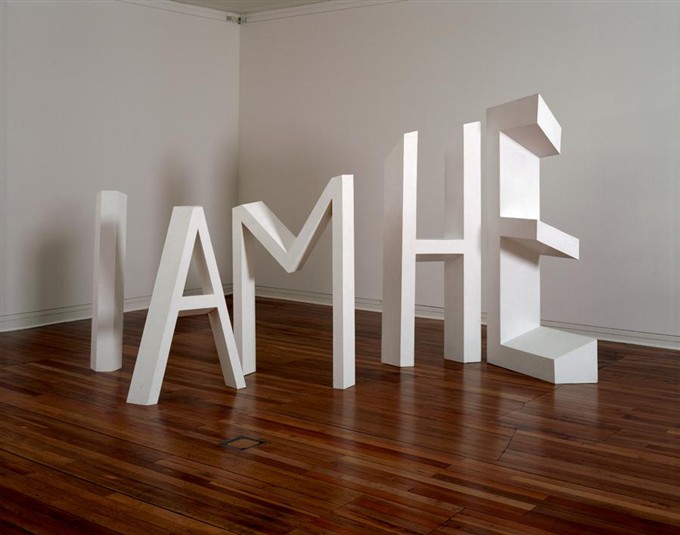
The Indefinite Article

Лола Дюпре
ロラ·デュプレ
萝拉杜普雷
ولا دوبري
Exploded Human Eye
Lola Dupré es una artista de collage e ilustradora que trabaja cerca de Góis en Portugal. Lola ha trabajado en Glasgow Escocia, en los estudios Chateau y en los estudios Chalet. Sus collage están hechos a mano con papel, tijeras y pegamento. El trabajo generalmente se monta directamente en madera contrachapada de abedul de 6 o 8 ml tratada en capas.




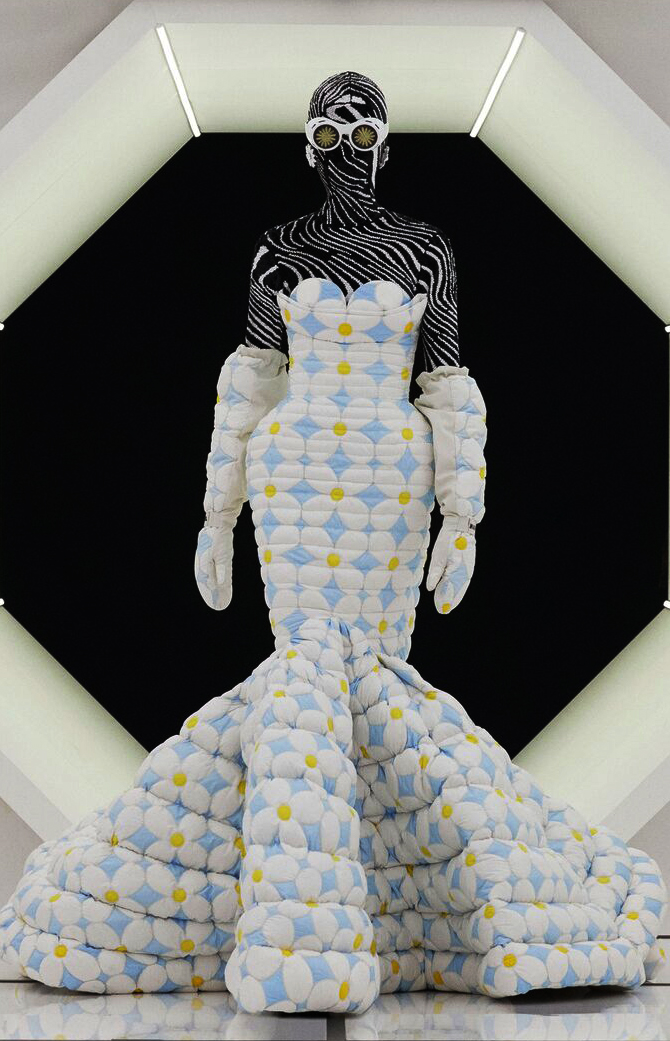
Moncler’s Genius Fall 2020
Since its inception, the Moncler genius project has asked designers coming from diverse cultures to create capsule collections inspired by the iconic Moncler puffer jacket. For his collection, london-based designer Richard Quinn visited the retro-futurism of the sixties. With clear influences like stanley Kubrick’s 2001: A Space Odyssey and Twiggy, the collection perfectly blends maximalism, bold colors and couture shapes. Of course, Quinn’s flower prints — part of his design DNA — were not left behind.

Юрген Klauke

Brad Troemel and Lauren Christiansen
soup base
JOGGING uses the microblogging platform Tumblr as a stage for immaterial works of art both real and digitally manipulated. The site functions as an evolving sketchbook in which ideas are conceived and executed with a speed and immediacy unconstrained by physical or institutional limitations, with as many as twenty pieces of work posted per day. This is in deliberate contrast to personal websites and curated portfolios in which an artist limits his or her production in an attempt to carve out an identifiable brand. Instead, JOGGING sees itself as both artist and art object, composed of multiple pieces or individual works but functioning as a single schizophrenic body, an abstract machine.
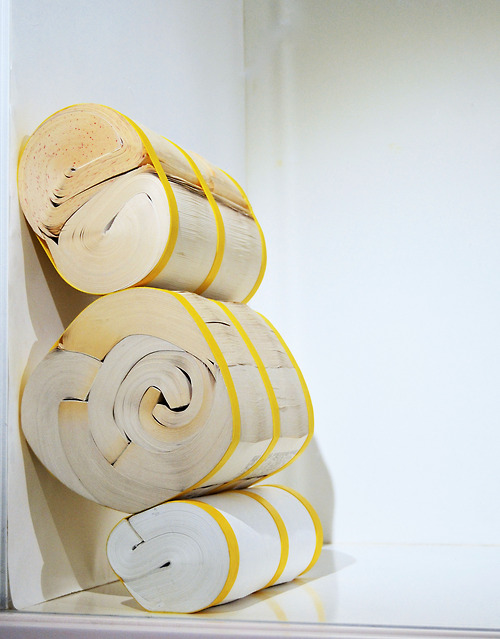
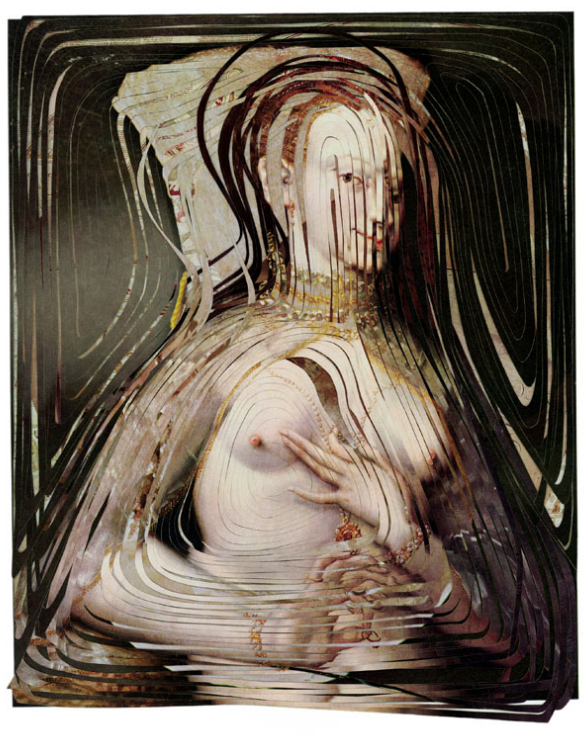
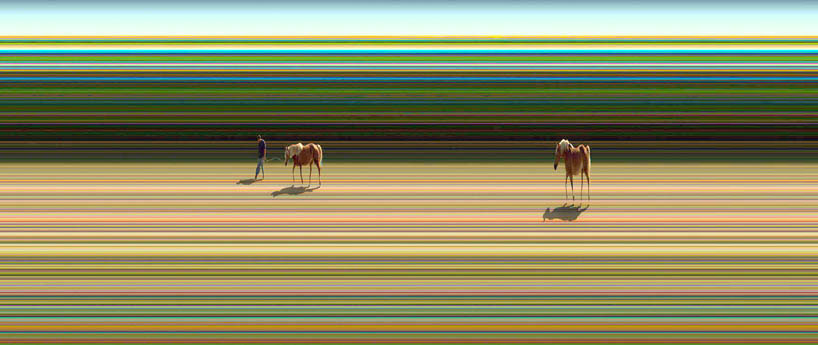
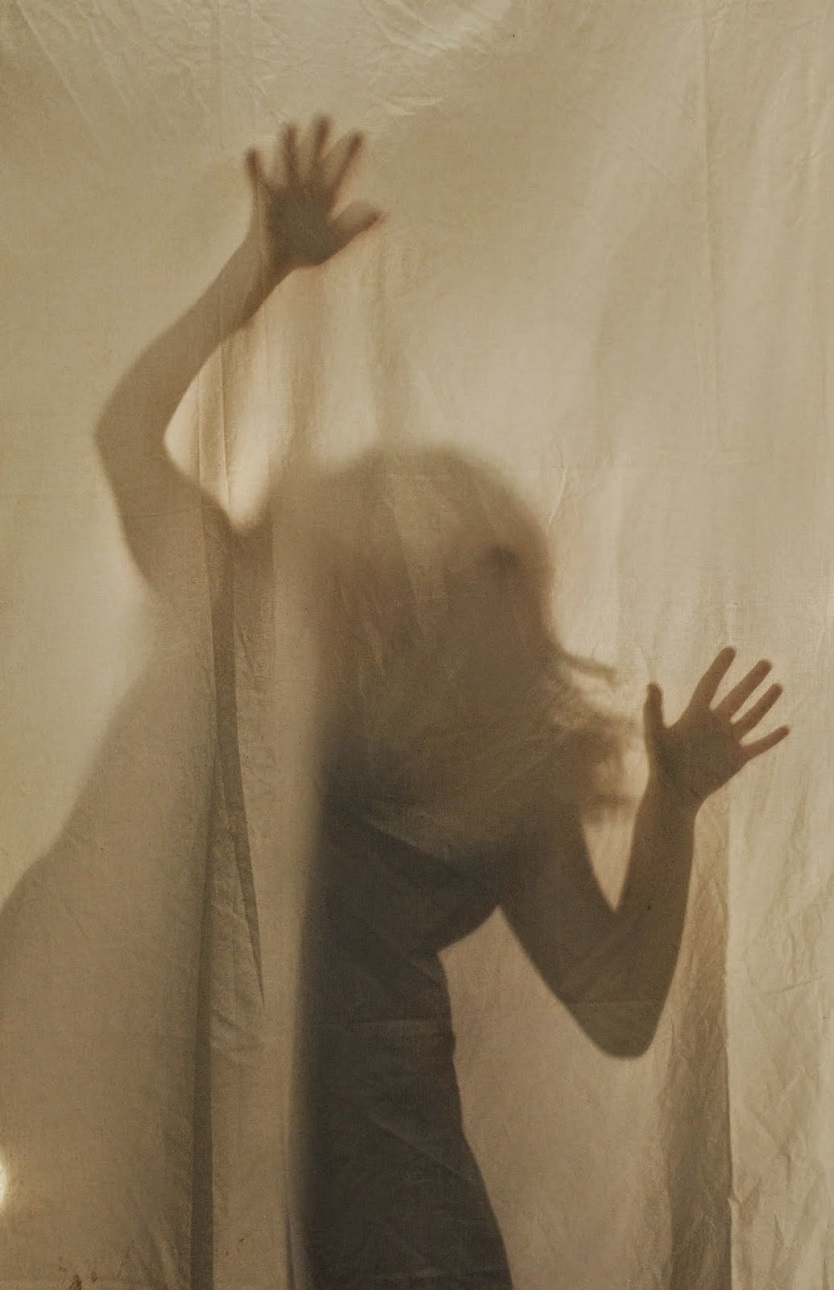


АНА ТЕРЕЗА БАРБОСА
Volver a Mirar
Ana Teresa Barboza mixes embroidery and drawing within her collected works. Using the fur of animals as a perfect leeway for her stitching technique, Barboza layers thin strips of string expertly to imitate the texture of a creature’s fur. While animals and vegetation are richly detailed in her works, she chooses to display her human subject matter as basic, black stitched figures or graphite drawing. The end result is a texturized feast for the eyes.

vision machines

spherical glass solar energy generator concept
Rawlemonの太陽エネルギー設計者は、太陽光(および月光)を最大10,000回集中させることができる球形の太陽追跡ガラスグローブを作成しました。同社は、そのß.toricsシステムは従来の2軸太陽光発電設計よりも35%効率的であり、完全に回転する耐候性の球体は月明かりから電気を集めることさえできると主張しています。
ß.toricsシステムは、バルセロナを拠点とするドイツの建築家AndréBroesselによって発明されました。彼は、建物の壁に埋め込んで、窓とエネルギー発生器の両方として機能できるソーラーシステムを作成しようとしました。しかし、このプロジェクトは、太陽光効率の機能だけでなく、月のエネルギーを生成するように設計されています。
球体は、拡散した月光を安定したエネルギー源に集中させることができます。未来的なß.toricsシステムは、そのすっきりとした美しいデザインで大きな注目を集めています。 (太陽光発電の大きな可能性にもかかわらず、私たちはあまり多くの美しい太陽光発電技術を見たことがありません)。建築家がこれらのエネルギー生成オーブを代替エネルギーアジェンダや将来の建物の設計にどのように組み込むかを楽しみにしています。





BODY TEXTURES
“The textural work Body Textures by Signe Lykke is a beautiful sonic journey into the human body’s different cells. Cross-sectional images of cell types such as fat, protein and connective tissue form the basis of this orchestral work, and have served as an inspirational source for the different texture areas and movements. Morten Ryelund conducts the Danish Youth Ensemble.”


Olympus
“马丁·凯瑟斯(Martin Kersels)这种刻薄和非常规的语言起源于六十年代和七十年代的激进艺术形式,其特征是高低文化元素的混合,理论观念以及矫正和退化的材料。
这位艺术家于1960年出生于洛杉矶,他为都灵个展创作了一些机械雕塑,照片和素描,其灵感来自于地下文化中最具争议和颠覆性的偶像:伊吉普·波普(Iggy Pop),磁石摇晃的社会衰弱诠释者,著名为他的舞台表演。他的音乐简陋而病态,没有希望和乌托邦,却陷入decade废,灭亡和虚无主义。在“ Fat Iggy”项目中,Kersels解构了Iggy Pop图标,以阐述新的神话。
这位歌手所代表的肥胖身体的decade废使他从神话中重获新生,而在展览空间中心突出的钻石形象则与明星的轨迹形成鲜明对比。实际上,石头冰冷而不可触动的美丽源于它进入大地子宫的漫长而无声的旅程。与短暂的幽灵联系在一起的喧闹声中,只有碎片,破碎的镜子散落在房间周围,无法恢复和谐统一的形象。”
珍妮·多利亚尼(Jenny Dogliani)







Wilde Worses
